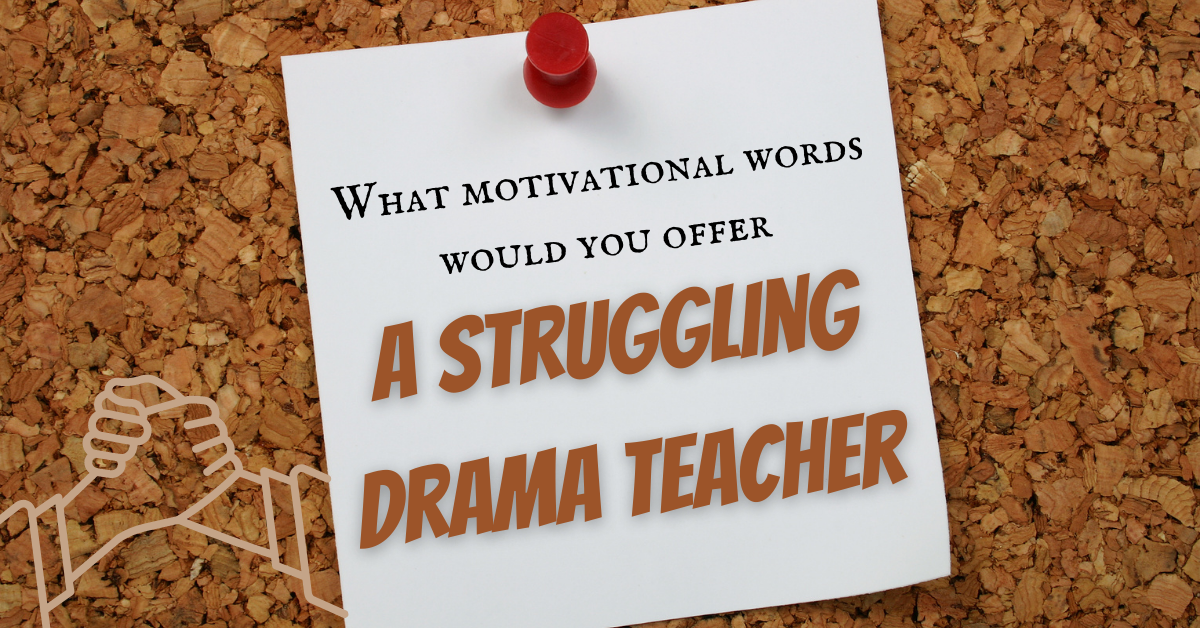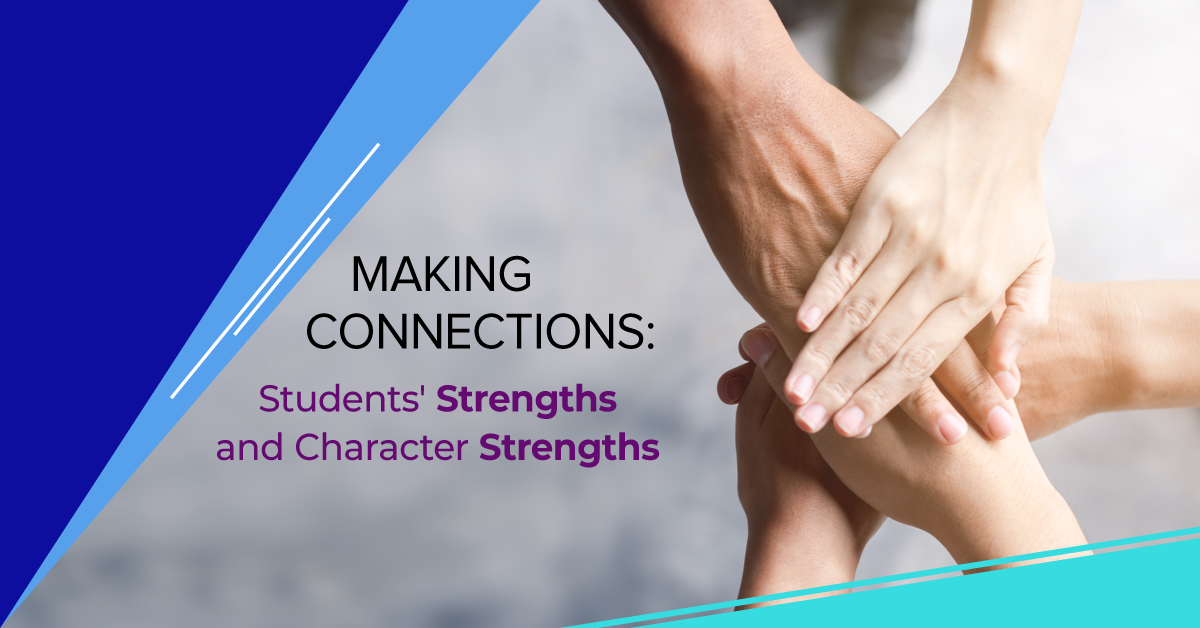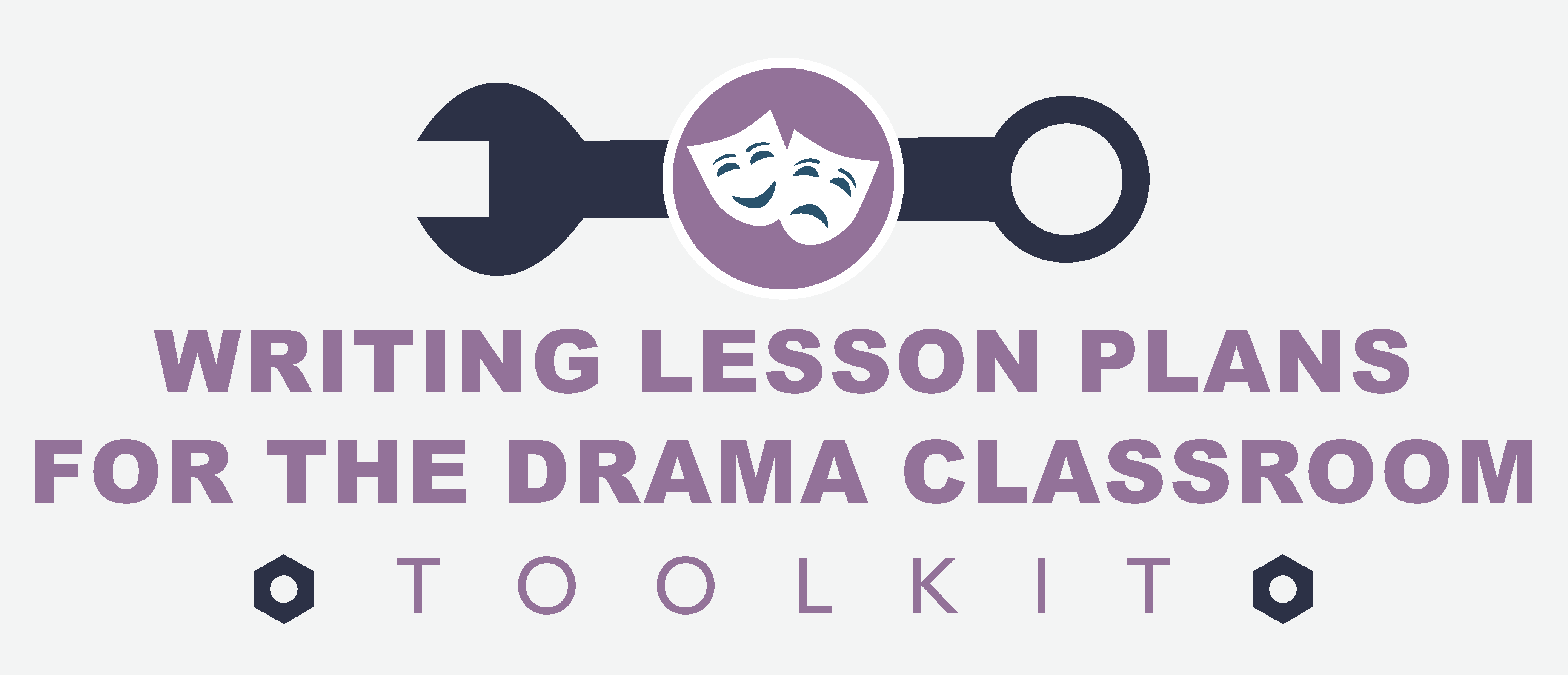Creating Connection With Your Students
There’s a noticeable positive energy in a classroom where there is a genuine connection between the students and the teacher. Students are engaged in the lesson and well-behaved. Students who feel seen, heard, respected and understood are much more likely to participate on a deeper level, absorb lessons more thoroughly, take more risks in class, and actually enjoy what they’re learning. Connecting with students takes effort, patience, and perseverance, but it’s worth it. Here are five ideas to help you connect with your drama students:
1. Use the first five minutes of class
Whether you do a check-in at the beginning of class, have students respond to a journal prompt, or give them “talk time” to get their sillies out before the lesson starts, the first five minutes of class can be a valuable time to foster connection with your students. Listen to what they’re saying, and observe what they aren’t saying. A student who yawns and doesn’t raise their hand to participate might be bored… or they might be tired from having to work late at a part-time job to help their parents pay bills. Use this verbal and non-verbal information to help guide your interactions with each student.
2. Use games
You can learn so much about your students through games. At the beginning of a new term, you can use games to learn students’ names), find out what they have in common, and get to knowtheir personalities and likes/dislikes. Using games is a fun, low-pressure way to connect. Again, observing your students and filing away the information they choose to share during these activities can help you find common ground and shape your curriculum to best help your students succeed. Plus, it’s often a good way to share a laugh!
3. Be available
We know your time is precious. There are a thousand things you have to do and not enough time to do them. But a great way to foster connection with your students is to be available for them outside of class time. This could mean having office hours available for your students to drop in or make an appointment to see you, or allowing students to eat lunch or spend their free periods in your classroom. This way students will know you’re available to talk with them if they need it. Whether they want to have a serious heart to heart or just joke around, offering a space for them to “just be” is a great way to foster connection.
4. Give praise
Let your students know when you think they’re doing a great job. Have they been working noticeably hard? Did they have a great idea? Have they demonstrated a positive attitude, bravery, or increased confidence? Did they get frustrated or stuck but pushed through and persevered? Here are twenty ways to praise your students. Make it specific, sincere, and in the moment. Let students know that you noticed and appreciate their unique efforts and contributions.
5. Show up
If you can, attending your students’ school events (art shows, sports games, academic events) not only displays your school spirit, but it shows them that you’re in their corner. They’ll likely feel flattered that you made an effort to support them. You might also get a chance to meet their family members and get to know them outside of formal parent-teacher conferences or emails. If you can’t attend events in person, wishing your students luck beforehand, asking them about how it went afterwards, or giving them a shout-out on a great job shows that you’re taking an active interest in their lives. This might be hard to do depending on your school’s current health and safety measures. But making the effort to attend these events shows that you’re not just saying you support them, you’re actively demonstrating your support by being there.
Further Reading:
- Small Ways to Connect With Your Students During Distance Learning
- The Helping Drama Students Succeed series



